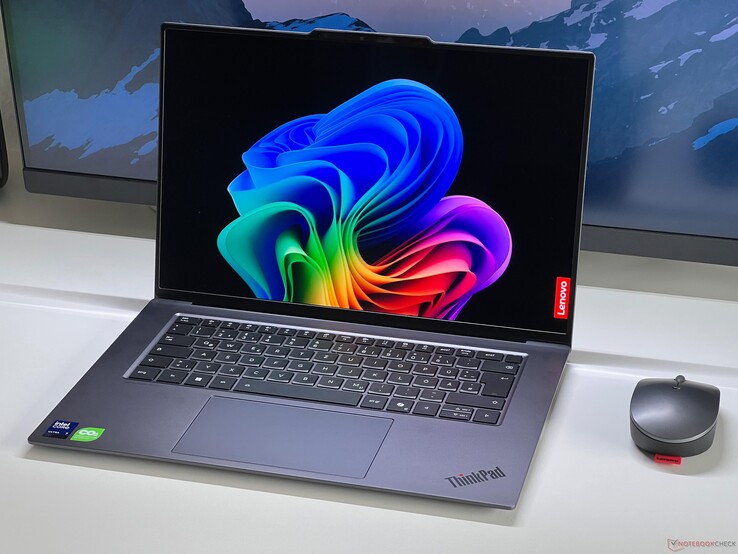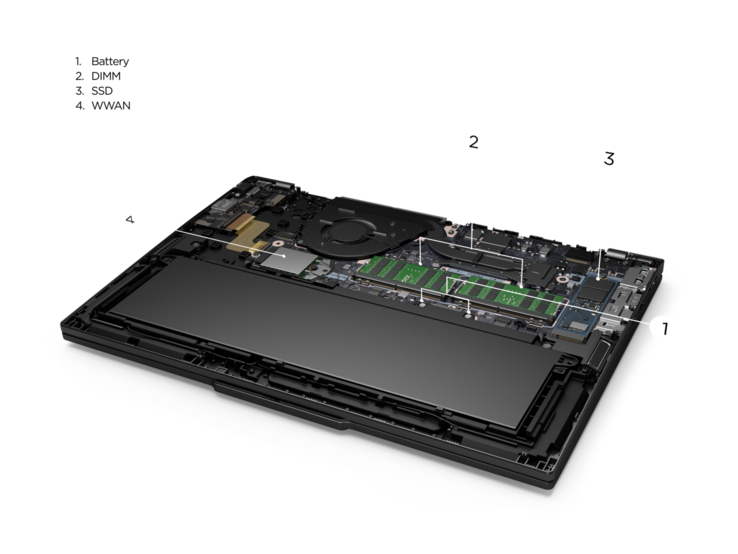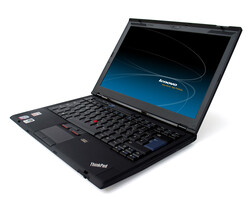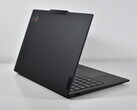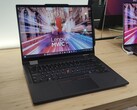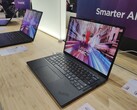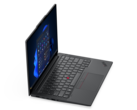Interview | "This is super important": Exclusive interview with Lenovo ThinkPad manager about repairable laptops, the ThinkPad X9 and the laptop of the future
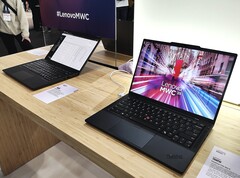
On the market since 1992, ThinkPad brand of laptops has a long history, which started under the tutelage of IBM. Big Blue relinquished the brand to the back-then newcomer Lenovo in the year 2005, who has developed the enterprise laptop series ever since.
However, up until recently, the ThinkPad team was still led by IBM PC veterans. This changed in spring 2024, when Tom Butler took over the lead, ascending to the position of Executive Director of Commercial Portfolio and Product Management.
Tom began his career with Lenovo in 2005 shortly after it had taken over the IBM PC brand, leading the development of the Lenovo ThinkPad R60 as product manager right out of the gate. As Executive Director, he now oversees the entire ThinkPad portfolio. Notebookcheck's Benjamin Herzig had the exclusive opportunity to speak with Tom at Lenovo's MWC 2025 showcase.
Notebookcheck: So, Lenovo has made some headlines recently with releasing the first premium ThinkPad laptop without a TrackPoint, the Lenovo ThinkPad X9. Personally, are you a TrackPoint or touchpad user?
Tom Butler: First, let me address the ThinkPad X9 for a moment. We know that this had people going, "Oh my gosh, what is happening, a ThinkPad without a TrackPoint". But we want to reassure our users: We still have a whole portfolio of ThinkPads with the TrackPoint that is not going anywhere. With the X9 (available at Amazon), which by naming is on the same flagship continuum as the X1, there is a purposeful intent: We want to reach people who do not own a ThinkPad already and would not consider our other products.
That brings me back to your question: Touchpad or TrackPoint? Having such a long history with the brand, I am obviously a TrackPoint user, but I also need to ensure we have a quality touchpad experience for our customers - as anyone who is not using a ThinkPad is a touchpad user now. Touchpad gestures I find especially useful. So, the answer is: Both!
Notebookcheck: The basic formula for laptop input devices is pretty set by now: A touchpad plus a keyboard. It seems the design has reached a stable plateau. Do you see any big disruptions in this space coming, an evolution of the laptop input?
Tom Butler: I would describe laptops as an upright piano design - the display as the sheet music with the input, which includes in ThinkPad's case the keyboard, touchpad and TrackPoint in front of it. We have the 33rd anniversary for the ThinkPad brand coming up, and the basic approach has not changed. The thing we do not want to take away is our recipe for the ThinkPad keyboard, because the keyboard is still how we input things into our PCs most of the time. We spend a lot of time perfecting it. On a piano, it is keyboard to music. On a laptop, it is a keyboard to screen interface.
As for the laptop input of the future, you have to think about what AI can unlock. I am talking about natural language. We will have more voice input, though of course only in private - people are not going to talk with their PCs in airplanes or trains. (laughs) This is why we are experimenting so much with proof of concepts as we figure out how to integrate those capabilities into our designs.
Notebookcheck: Another hot topic these days in the laptop world seems to be branding. One of your competitors did away with all of their laptop brand names. Are laptop brand names no longer important, to be replaced with simple "good, better, best" naming schemes?
Tom Butler: We take a very conventional and pragmatic approach. There is a series name for our ThinkPad products, like T series, L series or E series, with screen sizes in the product name for clarity - T14, T16 and so on. In order to keep it logical and help people keep track, we also put a generational name after. At the moment, we are not making any changes in our direction. Lenovo has solid brand equity, as do our sub-brands like ThinkPad, ThinkBook or Lenovo Yoga for consumers.
Notebookcheck: You have made some efforts in recent years to drive the sustainability aspect of your ThinkPad products, firstly with recycled materials and plastic free packaging, and in the last year with more repairability on models like the ThinkPad T series. Obviously, if people repair their PCs, they might not buy a new one. Can selling replacement parts be your new business model?
Tom Butler: Sustainability is one of the key pillars in our drive to reach carbon neutrality. That is the overall goal for Lenovo as a company. When you want to achieve that, you want more sustainable products and not force a replacement cycle. Part of that is just building robust quality systems that last a long time, where you can even extend the life-cycle with the repairability capabilities. With that model, if our customers are happy with the results, they will come back and buy more. It will maybe take a little bit longer until that happens, but we want to continue to foster that loyalty.
Specifically for repairability, we have taken a leadership role. Replaceable keyboards, batteries and captive screws across the brand. We display our products opened up at trade shows like MWC, so you can see the repairable nature. The same leadership extends to our packaging, where we have removed plastic even down to the stickers and twist-ties. This is super important.
Notebookcheck: Making laptops thinner was a major trend of the 2010s. Is this still something that customers are craving for, or is this a thing of the past?
Tom Butler: When we ask customers, they want high battery life, performance, as well as low weight and a super thin design. But those aspects are competing with each other - a bigger battery and better cooling will result in a heavier, thicker system. So, we strive for the right balance.
As for the Z height specifically, we have gotten to a point where the status quo is acceptable, I think. The reason for that is that we have features like an HDMI port, which is on all of our newer systems. On models like the ThinkPad Z series or ThinkPad X1 Nano, we went to USB-C only designs, but have received strong feedback that HDMI is needed. When you travel the world, every conference room will have HDMI connectors. Since a certain system thickness is needed to accommodate that connector, you will not see us go dramatically thinner for now. At the same time, we still want to deliver more value to our customers, which is why we are focusing more on lowering the weight now with products like the new ThinkPad X13 Gen 6 or the ThinkPad X1 Carbon Gen 13 Aura Edition.
Notebookcheck: Final question, do you have a favorite ThinkPad?
Tom Butler: Oh gosh! This is a hard decision. When I look back in the history of our ThinkPads, the ThinkPad X300 was a big change for us. It was almost a proto-Ultrabook back in the day, and it is definitely one of my favorites. Also, I always liked our ultraportables, the 12-inch devices, what was historically the X200 series. I love that form factor, because the weight and size were perfect for frequent travelers, as you could even work in small regional jets with them. One noteworthy example would be the ThinkPad X240s, a Japan exclusive model I carried, which was super light back in the day. Our modern version of that would be the ThinkPad X13, although I obviously also love the X1 Carbon, of course.
Source(s)
Own, Lenovo





